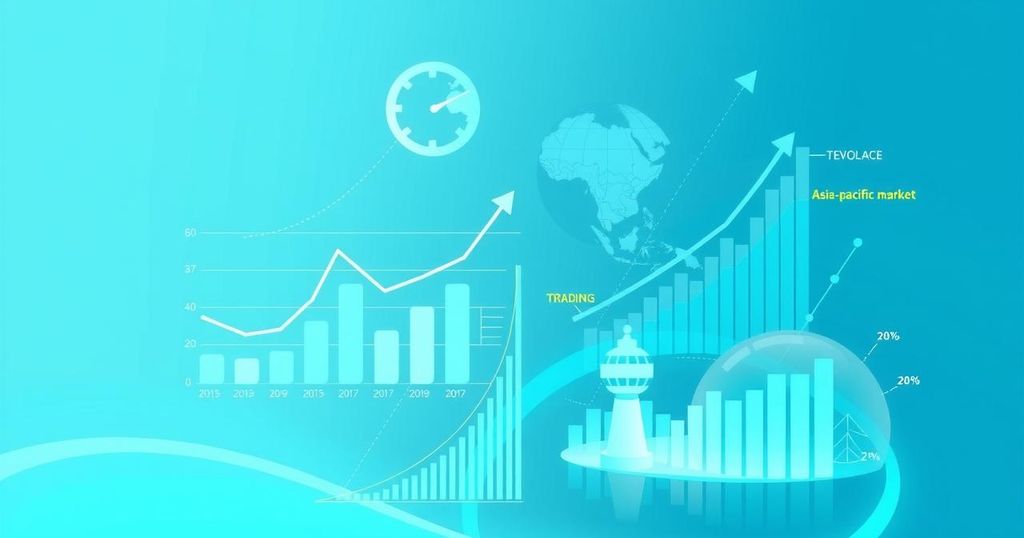Business
economics
ARGENTINA, BCRA, BRAZIL, BUENOS AIRES, CENTRAL BANK, CORDOBA, COVID-19 PANDEMIC RECOVERY, ECONOMY, GREATER BUENOS AIRES, IM, IMF, INDEC, INFLATION, JAVIER MILE, JAVIER MILEI, LIBERTARIAN GOVERNMENT, MAR DEL PLATA, NATIONAL INSTITUTE OF STATISTICS AND CENSUS, PATAGONIA, PROVINCE OF BUENOS AIRES, PROVINCE OF CÓRDOBA, PROVINCE OF RÍO NEGRO, RIO NEGRO, SAN CARLOS DE BARILOCHE, SOUTH AMERICA, TOURISM, UNEMPLOYMENT RATE, US, VILLA CARLOS PAZ, VISA-FREE TRAVEL
Jamal Walker
0 Comments
Rising Unemployment in Argentina Amidst Economic Challenges
Argentina’s unemployment rate rose to 6.4% in Q4 2024 from 5.7% in Q4 2023, with significant disparities by region and gender. Over 1.47 million individuals are unemployed. Additionally, tourism witnessed declines due to currency valuation issues. Although inflation decreased, economic activity remains stagnated, prompting government initiatives for IMF assistance to stabilize the economy.
In the last quarter of 2024, Argentina’s unemployment rate rose to 6.4%, a notable increase of 0.7 points from 5.7% in Q4 2023, although it represented a decline of 0.5 points compared to Q3 2024 figures of 6.9%. According to the National Institute of Statistics and Census (Indec), the Greater Buenos Aires area faced higher unemployment rates at 7.1%, while Patagonia reported lower rates at 4%. Furthermore, women experienced higher unemployment rates at 6.9% compared to 6.1% for men.
A significant portion, 72.5%, of the unemployed individuals had been jobless for less than a year, while 27.6% were unemployed for longer durations. The overall labor market pressure, encompassing the unemployed, underemployed, and job seekers, reached 29.4%, representing a two-point increase year-on-year. Approximately 1.47 million individuals are unemployed, indicating an increase of 180,000 compared to the previous year.
In February 2025, the hotel occupancy rate dropped by 0.2% year-on-year, with 1.97 million travelers reported. The increase in the local peso’s value against the US dollar has discouraged foreign tourists, resulting in inflated local prices. However, resident travelers surged by 4.6%, while non-resident travelers plummeted by 14.7%. Total overnight stays summed up to 5.6 million, registering a 1.2% decline year-on-year.
Buenos Aires province accounted for 27.8% of overnight stays, closely followed by Patagonia at 22.6%, with the average hotel duration being 2.8 nights; parahotels recorded an average of 3.4 nights. Popular destinations included Mar del Plata, San Carlos de Bariloche, and Villa Carlos Paz.
Despite President Javier Milei’s Libertarian Government managing to reduce inflation from 211% in 2023 to 117% in 2024, economic activity shows stagnation due to declining Central Bank reserves following measures to stabilize the dollar. The government aims for an IMF loan by mid-April to enhance reserves amid uncertainties regarding the crawling peg and increasing dollar demand.
Out of the 29.8 million residents in urban Argentina, 14.5 million are part of the economically active population (EAP), with 13.6 million employed and nearly one million actively seeking work. Among the unemployed, 71.2% have completed high school, whereas only 28.9% have attended college, regardless of graduation status.
The current rise in unemployment in Argentina presents significant concerns regarding the economic landscape, with an increasing number of individuals facing joblessness, particularly women. The stagnation of economic activity, compounded by inflationary pressures and fluctuations in the currency, emphasizes the need for strategic governmental actions, including potential IMF support, to stabilize the economy. With changing travel dynamics reflecting both positive and negative trends, there remains a crucial need for effective policies to rejuvenate both the job market and the tourism sector.
Original Source: en.mercopress.com




Post Comment